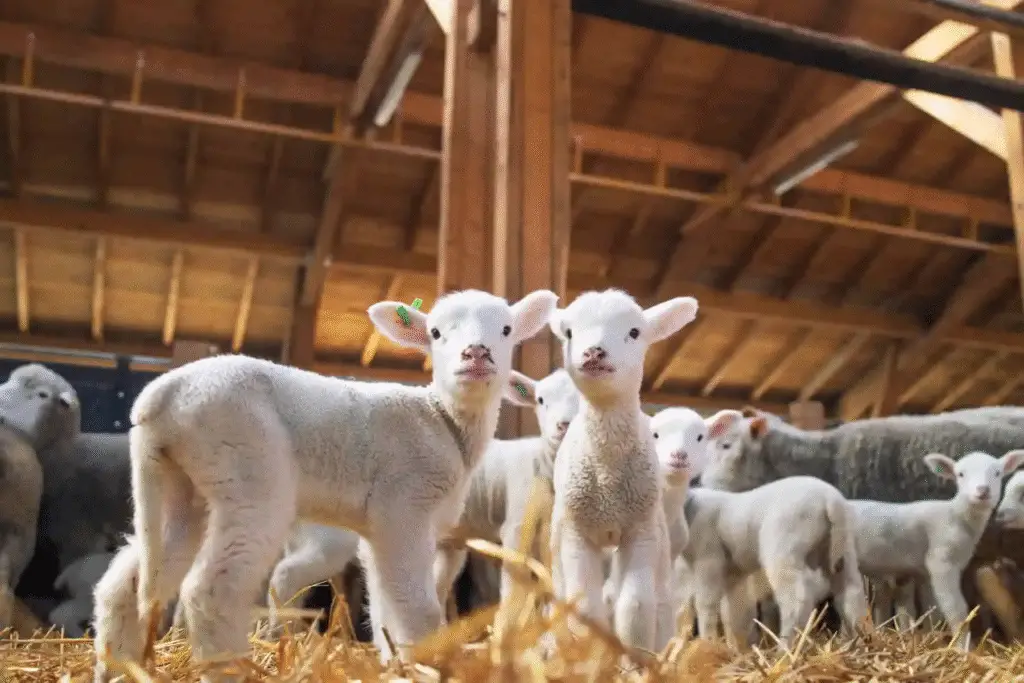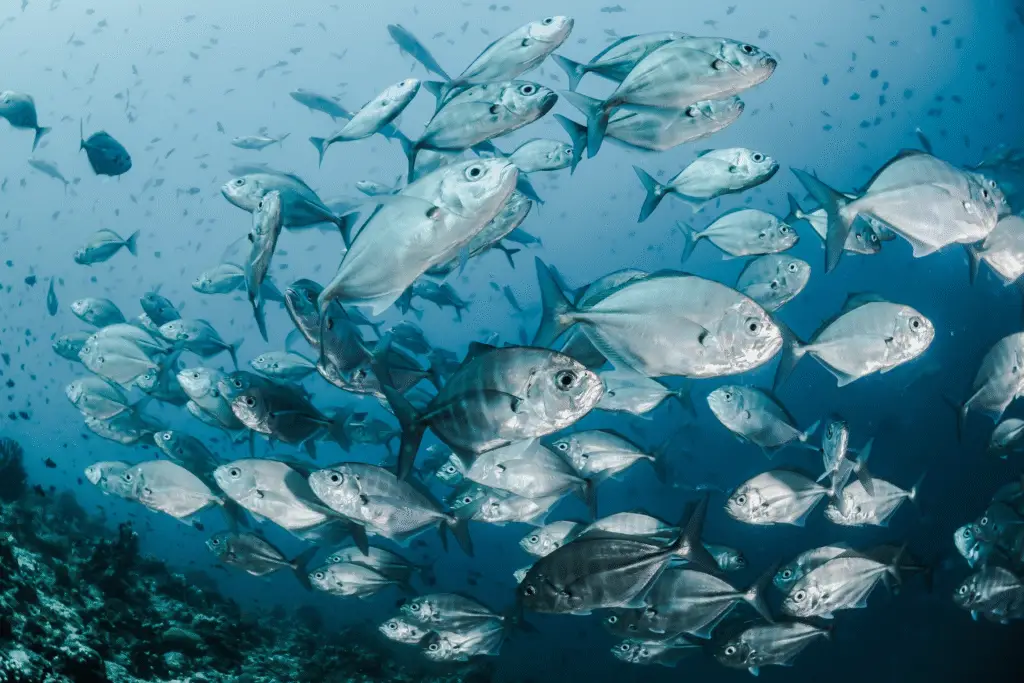Every year, humans kill billions of animals for food, clothing, scientific research, entertainment, pest control, and more. While the numbers are staggering, they often go unnoticed in daily life. Understanding the scale of animal deaths caused by humans helps shine a light on the impact we have on other species and the choices we make that contribute to this enormous toll.
This article explores how many animals are killed each year by humans, the reasons why, and the effects of this mass killing on animals and the environment.
The Scale of Animal Deaths by Humans
It is difficult to calculate the exact number of animals killed by humans each year, but researchers and animal advocacy groups estimate that the number is in the trillions. These animals include:
- Farm animals raised and killed for food
- Sea animals caught by commercial fishing
- Animals used in laboratories for experiments
- Wild animals hunted or killed as pests
- Animals slaughtered for clothing or traditional medicine
- Companion animals killed in shelters or abusive situations
Each category involves different species, different countries, and different methods of killing, but together they represent one of the largest human impacts on animal life in history.
Farm Animals Killed for Food

One of the largest sources of animal deaths comes from industrial agriculture. Every year, more than 80 billion land animals are slaughtered for meat, eggs, and dairy worldwide. This includes:
- Chickens: Over 70 billion chickens are killed each year, mostly for meat. Millions more die in the egg industry when they are no longer able to lay eggs.
- Pigs: Around 1.5 billion pigs are slaughtered globally each year for pork.
- Cattle: Over 300 million cows and calves are killed for beef or dairy.
- Sheep and goats: Approximately 600 million are slaughtered annually.
- Turkeys and ducks: Billions more are killed, especially around holidays and special events.
Many of these animals live in factory farms, where they are kept in tight, unnatural conditions. They may never see sunlight or feel grass under their feet. The methods used to kill them, such as gassing, electrical stunning, or throat slitting, can be stressful and painful.
Sea Animals Caught by Fishing

The number of marine animals killed each year is even harder to estimate—but it is much higher. While land animals are counted individually, sea animals are measured by weight, not by number. Scientists estimate that over 2.3 trillion fish are killed every year through commercial and recreational fishing.
This number includes:
- Fish caught for human consumption
- Bycatch (non-target species caught accidentally)
- Fish used in animal feed or fertilizer
- Fish raised and killed in aquaculture or fish farms
In addition to fish, other sea animals like shrimp, crabs, lobsters, octopuses, and squid are also killed in massive numbers. Marine mammals like whales, dolphins, and seals sometimes get caught in fishing gear or are hunted for meat or blubber.
Bottom trawling—dragging large nets across the ocean floor—kills countless sea creatures and destroys coral reefs and ecosystems. Overfishing also contributes to collapsing fish populations and affects food chains across entire oceans.
Animals Used in Scientific Research
Millions of animals are used in scientific experiments, medical research, and product testing each year. These include:
- Mice and rats
- Rabbits
- Dogs
- Cats
- Monkeys
- Guinea pigs
- Fish
While some countries require reporting of animal use in laboratories, the actual numbers are likely higher than official estimates. According to Humane Society International, an estimated 115 million animals are used in lab experiments worldwide each year.
These animals may be subjected to painful procedures, toxic chemicals, or psychological tests. Some are bred solely to be experimented on, and most are killed after the study is complete. In some places, animal testing is still legal for cosmetics and household products, despite the availability of non-animal alternatives.
Animals Killed for Clothing
Many animals are killed for their fur, leather, wool, feathers, or skin. Each year:
- Billions of cows are killed for leather, often as a byproduct of the meat industry.
- Millions of rabbits, minks, foxes, and raccoons are killed for fur.
- Sheep used for wool may be injured or killed during rough shearing.
- Birds such as ducks and geese are plucked for feathers or down.
- Snakes, alligators, and lizards are skinned alive for exotic leather.
In fur farms, animals are often kept in small wire cages, and methods of killing include gassing, neck-breaking, or electrocution. Wild animals caught in traps for fur may suffer for hours or days before dying.
Animals Hunted or Killed as Pests
Many wild animals are hunted for sport, food, or population control. These include:
- Deer
- Wild boars
- Ducks and geese
- Bears
- Wolves
While regulated hunting varies by region, it results in the deaths of tens of millions of wild animals each year.
In addition, millions of animals are killed as pests or nuisance species, including:
- Mice and rats
- Coyotes
- Raccoons
- Birds like pigeons or crows
- Insects and spiders
These animals may be poisoned, trapped, or shot—often without regard for humane treatment.
Animals Killed in Shelters
Each year, millions of dogs and cats end up in animal shelters. While adoption and rescue efforts have improved in many countries, an estimated 2 to 3 million companion animals are still euthanized annually due to overcrowding, illness, or lack of resources.
Many shelter animals are healthy and friendly but are put down simply because there are not enough homes for them. This highlights the importance of spaying and neutering pets, as well as adopting animals from shelters rather than buying them.
Animals Killed for Traditional Practices
In some cultures, animals are killed for traditional medicine, ceremonies, or festivals. Examples include:
- Bear bile farming in parts of Asia
- Rhino horn and tiger parts used in traditional remedies
- Bullfighting in Spain
- Dog meat festivals in certain regions
These practices often cause unnecessary suffering and put endangered species at greater risk.
Environmental Destruction and Indirect Killing
Human activities like deforestation, pollution, and climate change indirectly lead to the deaths of millions or even billions of animals. When habitats are destroyed, animals lose their homes, food sources, and breeding grounds.
For example:
- Rainforest destruction displaces or kills birds, insects, monkeys, and big cats.
- Oil spills kill fish, sea turtles, and seabirds.
- Plastic pollution causes animals to choke, starve, or become entangled.
- Climate change melts polar ice, endangering seals, walruses, and polar bears.
These indirect effects of human activity contribute to the sixth mass extinction, with species disappearing at a rate not seen in millions of years.
What Can Be Done?
Understanding the numbers is the first step, but real change comes from actions and choices. Here are ways you can help reduce the number of animals killed each year:
- Eat fewer animal products or choose plant-based alternatives
- Adopt pets from shelters instead of buying from breeders
- Buy cruelty-free cosmetics and cleaning products
- Avoid fur, leather, and exotic skins
- Support wildlife conservation efforts
- Educate others about animal welfare and rights
- Speak up against animal cruelty and support laws that protect animals
Even small changes in daily life can make a difference when done by millions of people.
A Wake-Up Call for Compassion
The number of animals killed by humans each year is beyond what many can imagine. Whether it’s for food, clothing, entertainment, or industry, animals are often treated as products instead of living beings with thoughts and feelings. As awareness grows, so does the movement to create a kinder, more respectful relationship with animals. With compassion, knowledge, and action, we can reduce suffering and help build a more humane future for all living creatures.



